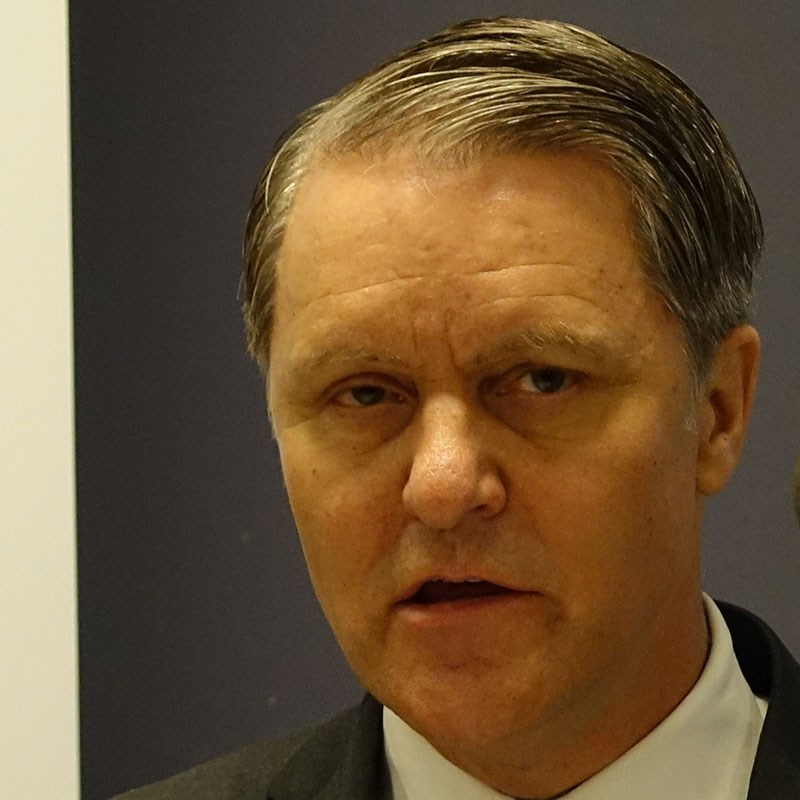Manitoba’s Clinical and Preventive Services Plan released Nov. 29 aims to reduce the number of patients travelling to Winnipeg for surgeries and other appointments by creating intermediate care hubs throughout the province over the next five years.
These hubs will include St. Boniface Hospital in Winnipeg and a new intermediate hub in Brandon following improvements to the Brandon Regional Health Centre. A northern hub will also be established, but its location has not been determined yet.
“Our government has committed to investing $2 billion in Manitoba’s health-care system over the next four years including $250 million for initiatives identified by clinical leaders that will improve access to services and reduce wait lists for Manitoba patients,” said Health Minister Cameron Friesen. “This made-in-Manitoba plan provides a blueprint to improve how we plan and where we deliver services, allowing us to better meet the needs of rural and northern residents while reducing their need to travel to Winnipeg.”
Over five years, the plan intends to move 21,000 days of care out of Winnipeg’s acute health care facilities and back into communities around Manitoba and eliminate the need for 2,500 patient transports to Winnipeg by better equipping rural facilities. The plan also calls for all Manitobans to have access to lab results via a secure patient service portal so they don’t have to travel to doctors and specialists to see these results. There are also plans to extend the acute care record system to 800,000 patients, so health care providers have better understanding of their patients’ care requirements.
Better co-ordination between different disciplines is also called for, as is having students in health-care fields complete practicum placements in rural, northern and remote locations during their education.
“In some places, including Manitoba’s north, we are already using collaborative approaches to care, with providers working in teams to support the needs of patients, often using digital tools to increase access to specialized services without the need for patients to travel for care,” said Brenda Dawyduk, a nurse practitioner at Thompson General Hospital and co-lead of the Child Health Provincial Clinical Team. “Increasing our ability to provide care closer to home will mean working in new and different ways with interdisciplinary teams supporting care locally and specialized support teams accessible both virtually and in-person when required.”
Although the plan took 18 months to create and the government says it worked with 300 clinical leaders and thousands of frontline health-care providers to develop it, Manitoba Nurses Union president Darlene Jackson said nurses weren’t meaningfully consulted.
“Once again, nurses are left with more questions than answers following the release of a health care plan that will have significant impacts on staff and patients across the province,” said Jackson. “It proposes major changes to how health care is delivered in rural and Northern Manitoba, and could mean longer travel times to emergency and primary care facilities. Nurses want to be partners in change, but we are concerned this plan may have detrimental impacts on patient care, especially in rural and Northern Manitoba.”
Manitoba NDP leader Wab Kinew said the plan will mean further cuts to and closures of heath care facilities in rural and Northern Manitoba.
"With Mr. [Premier Brian] Pallister, it’s not what he says but what he does,” Kinew said. “When he announced health care changes in his last term, he ended up closing three emergency rooms, firing nurses and throwing our system into chaos. Now, he’s unveiled a plan to bring those same cuts to rural and Northern Manitoba. By refusing to learn any lessons from his last health care disaster Mr. Pallister is setting up a plan that will see higher wait times for patients, chaos and confusion for nurses and doctors and poorer health outcomes for Manitobans.”
Kinew also said the plan doesn’t include a strategy to recruit and retain doctors and nurses in rural and northern communities, or set goals to reduce rates of heart disease, diabetes, cancer and chronic diseases.
“NDP MLAs continue to get calls from patients whose health is impacted by Mr. Pallister’s cuts,” Kinew said. “Yet before he had even stabilized the situation in Winnipeg emergency rooms, the premier is rushing ahead with more closures and cuts for rural and northern families. We’re committed to using every tool in our toolkit to fight back against these cuts because we will always put the health of rural and northern families ahead of the bottom line.”




